(NLDO) - This area of Mongolia was once an ocean for 115 million years, after boiling rock from the Earth's crust rose up, tearing apart a large area.
According to Live Science, a new study has found evidence that the desert country of Mongolia was once home to an ocean. More surprisingly, it was an unusual ocean, created when a mantle plume suddenly tore through the Earth's crust.
Previously, the authors were intrigued by volcanic rocks in northwestern Mongolia from the Devonian period (419 million to 359 million years ago).
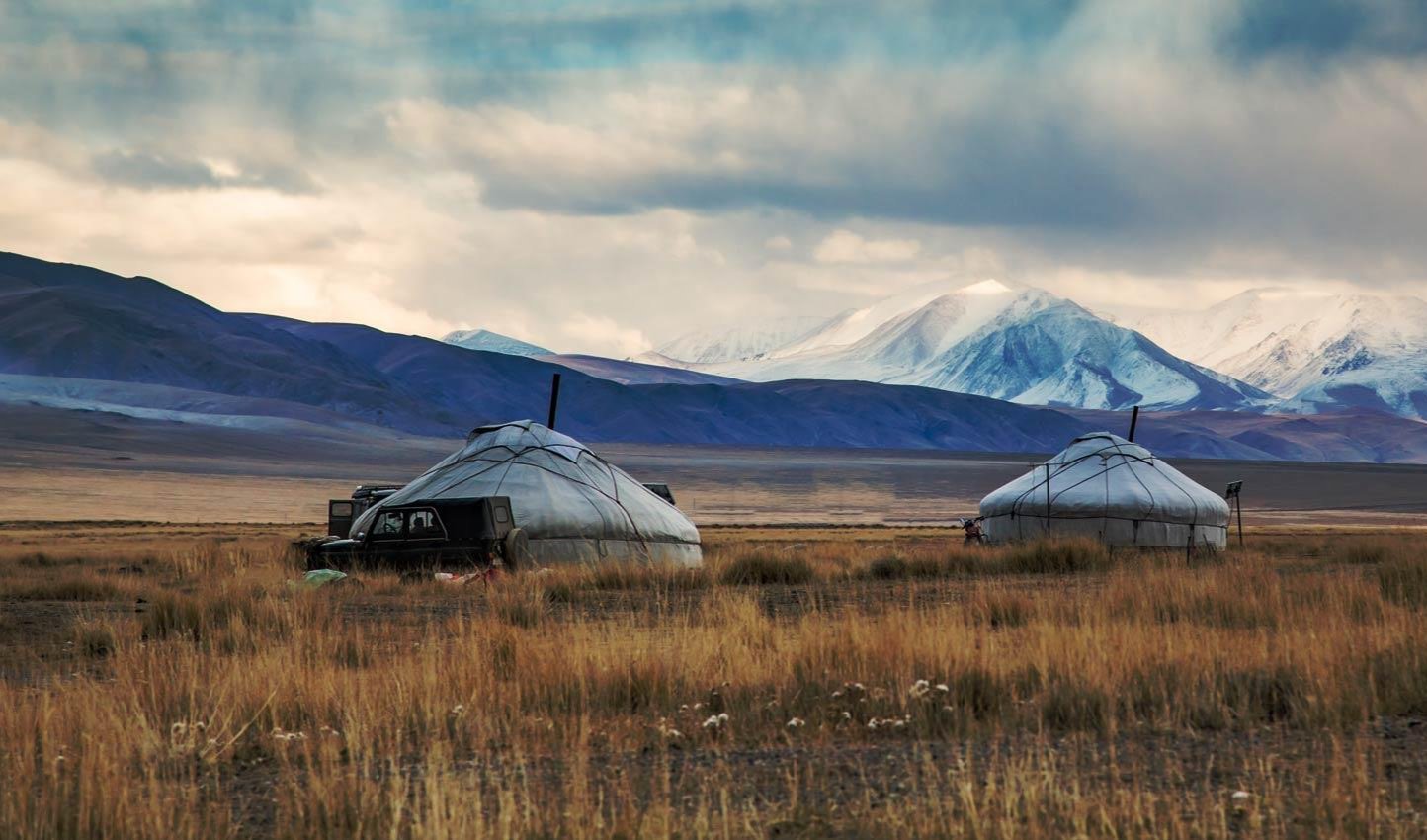
The present-day northwestern Mongolian desert once contained the Mongol-Okhotsk ocean, formed by the tearing apart of the Earth's crust - Photo: ESCAPE TO MONGOLIA
The Devonian period is also known as the "age of fishes", when fish species suddenly diversified and increased in number in the oceans, while plants began to cover the land.
At that time, Earth had only two supercontinents, Laurasia and Gondwana, along with a long strip of microcontinents that would eventually become present-day Asia. These microcontinents gradually collided and merged in a process called accretion.
The team conducted fieldwork in northwestern Mongolia, where rocks from the collisions that formed the continent are exposed on the surface.
They found that between about 410 million and 415 million years ago, an ocean called the Mongol-Okhotsk Ocean opened up in the region.
The chemical composition of the volcanic rocks that accompanied this crack revealed the presence of a boiling mantle plume that tore apart the Earth's crust so that the aforementioned ocean could form.
Mantle plumes are unusually hot columns of material rising from deep within the Earth's mantle.
“Mantle plumes are often involved in the first phase of the Wilson cycle, which marks the breakup of continents and the opening of oceans, such as the Atlantic,” explains Professor Mingshuai Zhu from the Chinese Academy of Sciences.
In many cases, this happens right in the middle of a solid continental mass, tearing it apart.
The geological factors in the Mongolian case are particularly complex, as this mantle plume tore apart crust that had previously been held together through accretion.
According to Professor Zhu, this may be due to the newly accreted continent having weak points and the mantle flow taking advantage of them.
However, this ocean only existed for 115 million years before being closed by the Earth again, so today we only see Mongolia located on a vast desert.
This ancient ocean formation process was very slow, with land opening up only a few centimeters per year. Other places on Earth may be experiencing similar mantle plume events tearing apart the Earth’s crust right now.
A prime example is the Red Sea, whose shores are widening at about 1 cm per year.
The rift in the Red Sea is larger than what once covered Mongolia. So in tens of millions of years, what is now a narrow Red Sea could become a vast new ocean off East Africa.
Source: https://nld.com.vn/trai-dat-tung-rach-toac-o-mong-co-dai-duong-moi-ra-doi-196240628111114712.htm


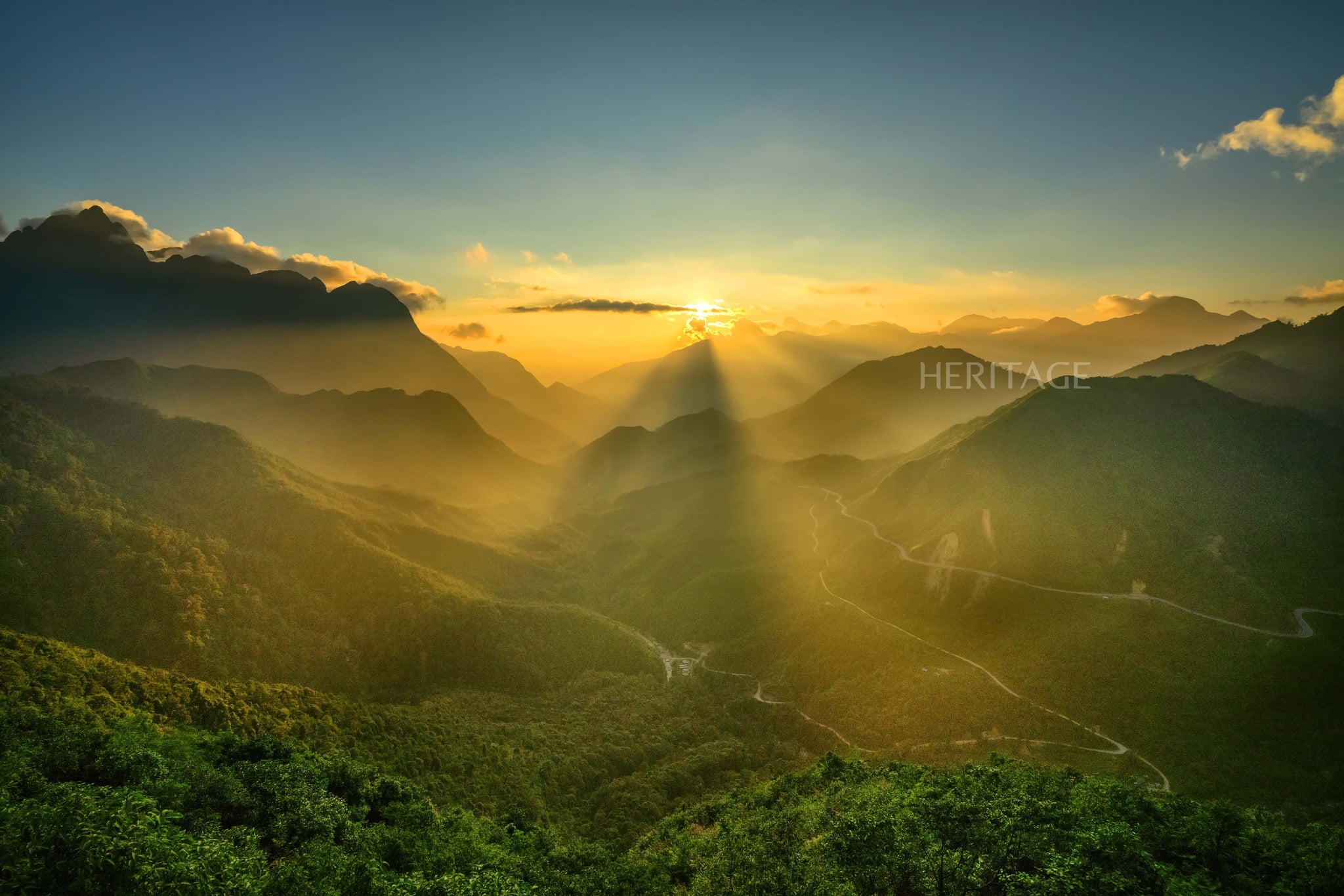
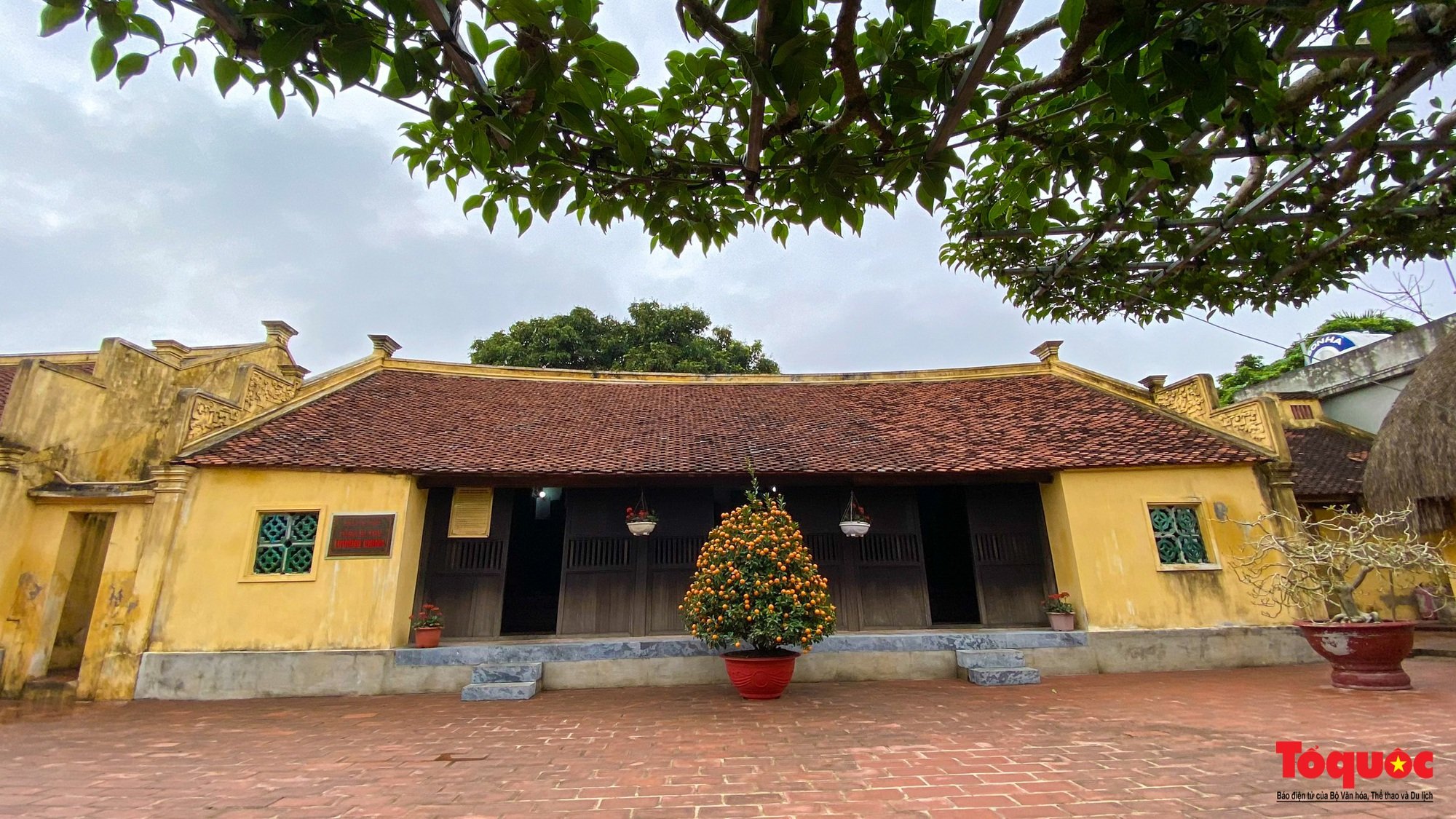



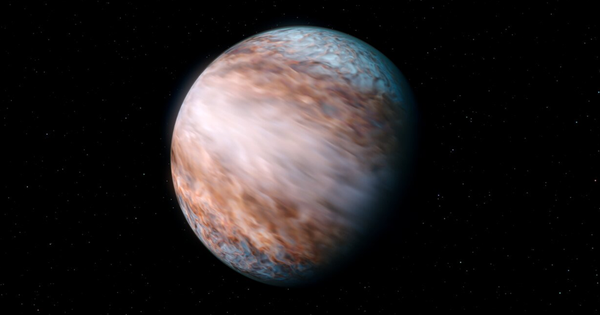
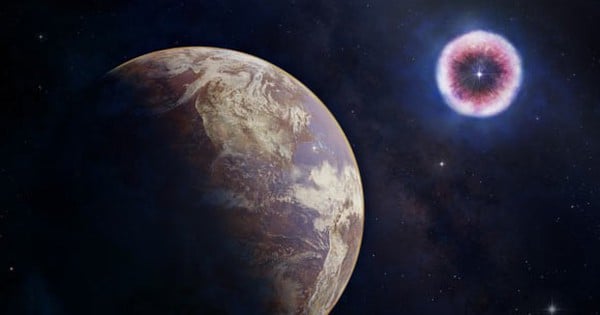
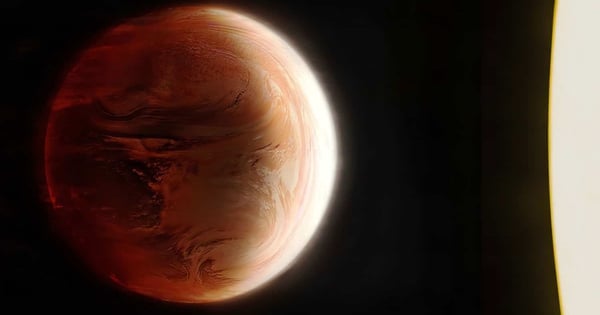

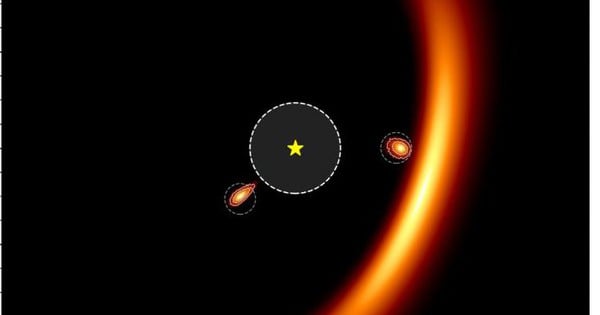










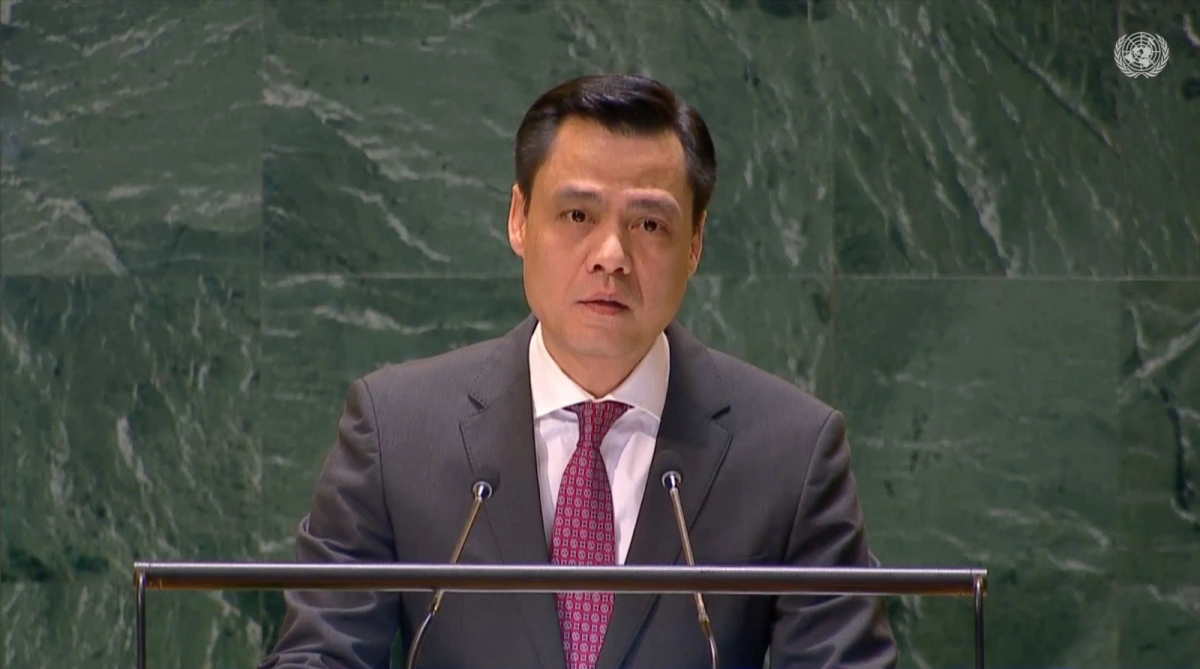

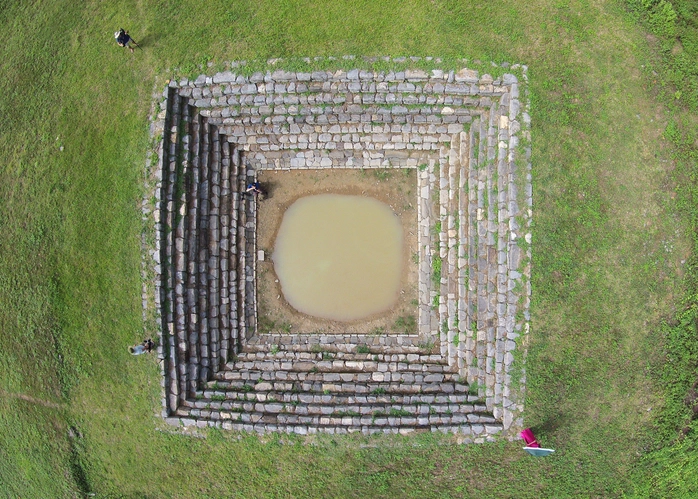







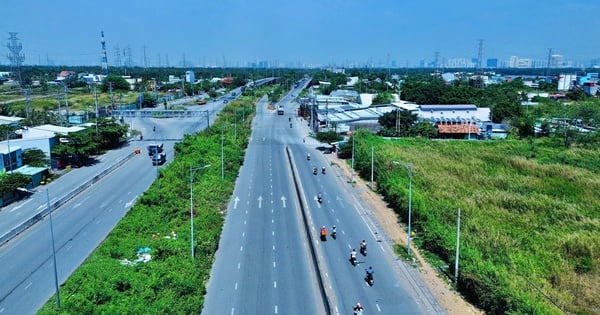



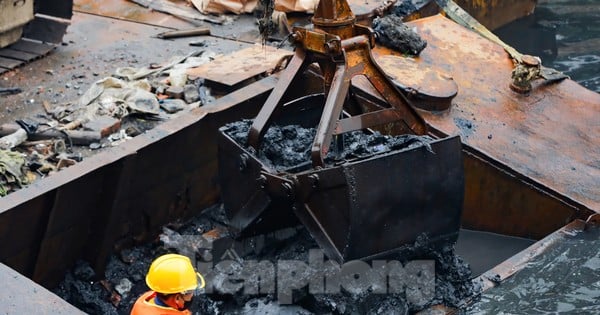
![[Photo] Prime Minister Pham Minh Chinh chairs Government Conference with localities on economic growth](https://vstatic.vietnam.vn/vietnam/resource/IMAGE/2025/2/21/f34583484f2643a2a2b72168a0d64baa)

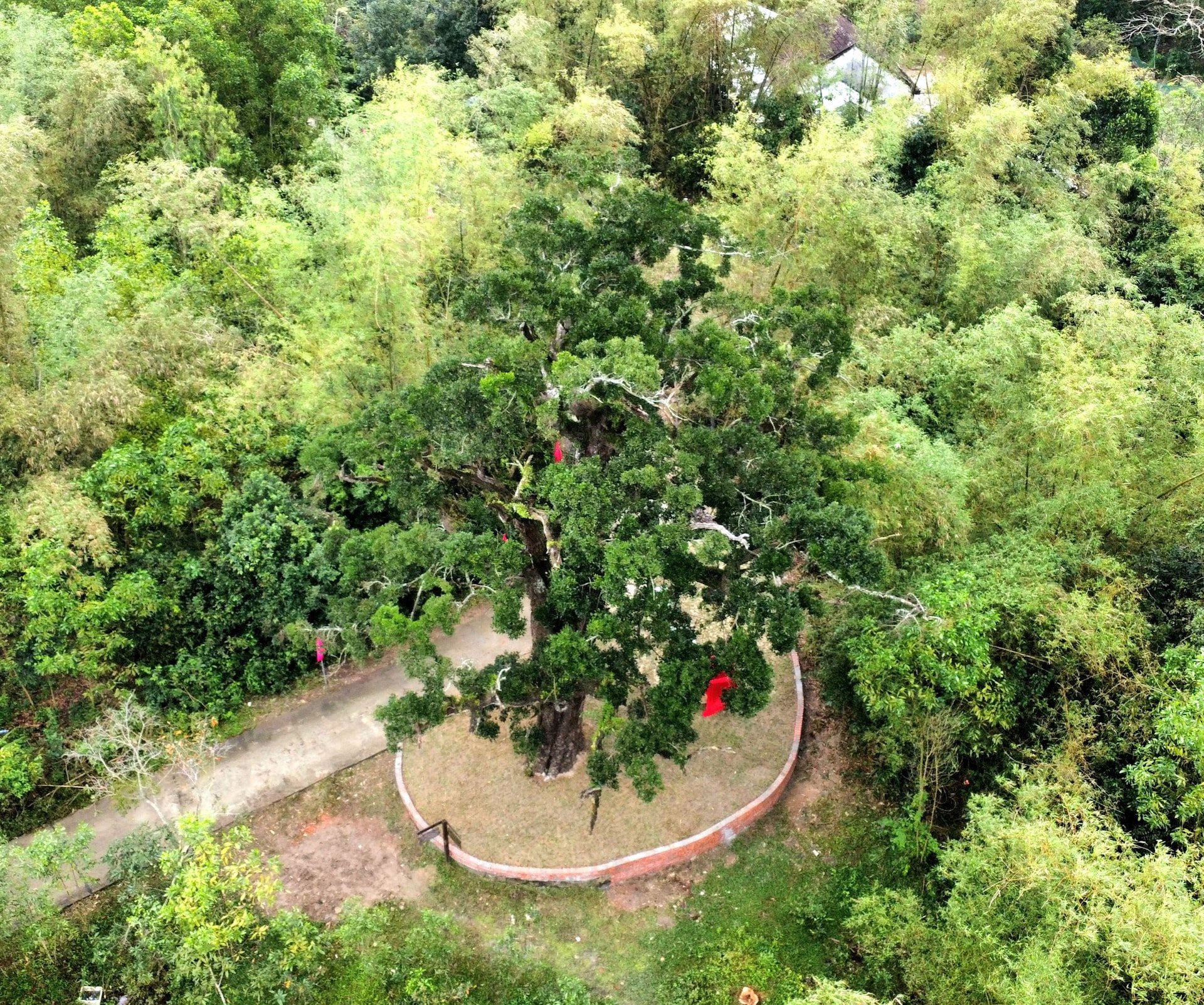




















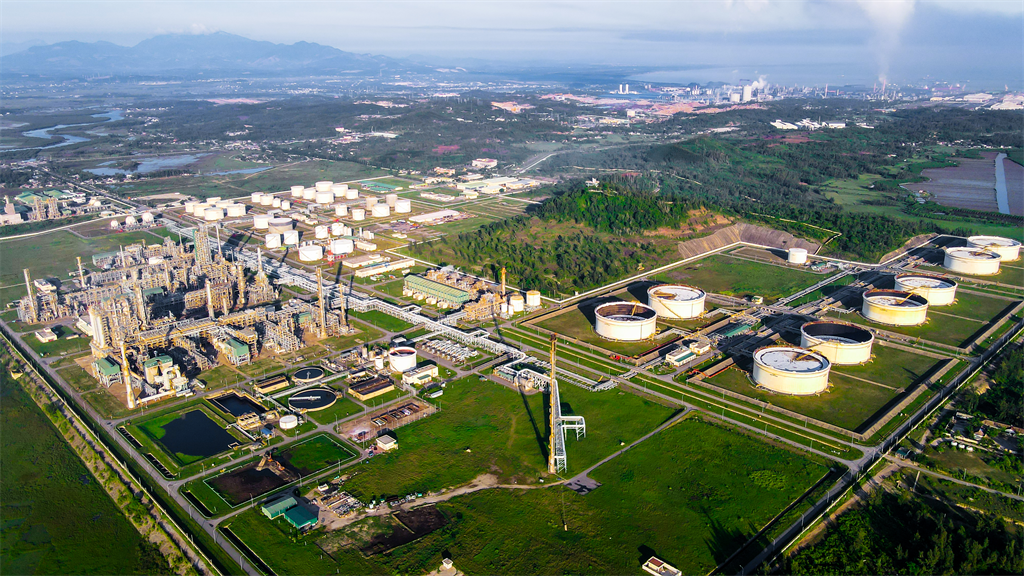








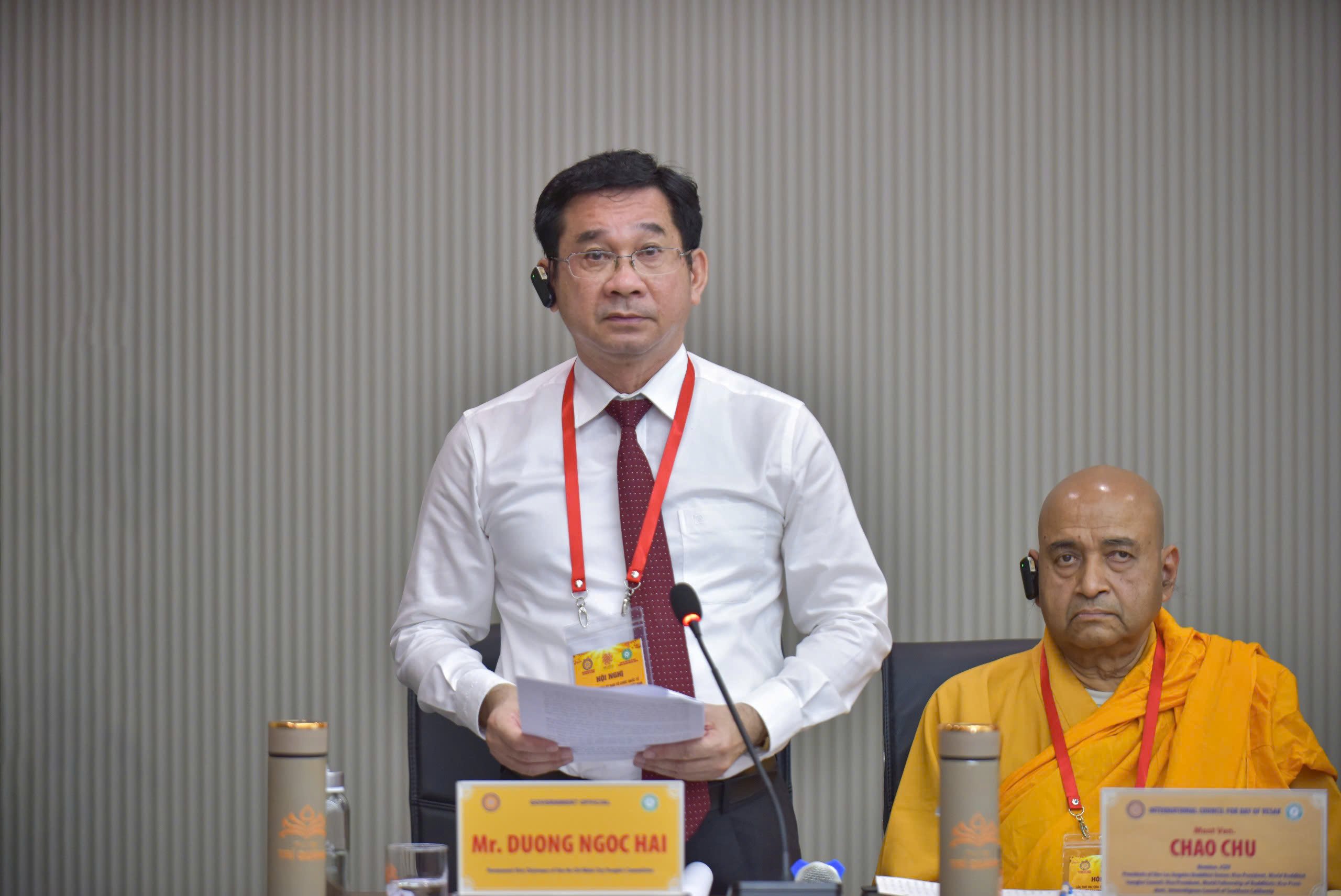


























Comment (0)